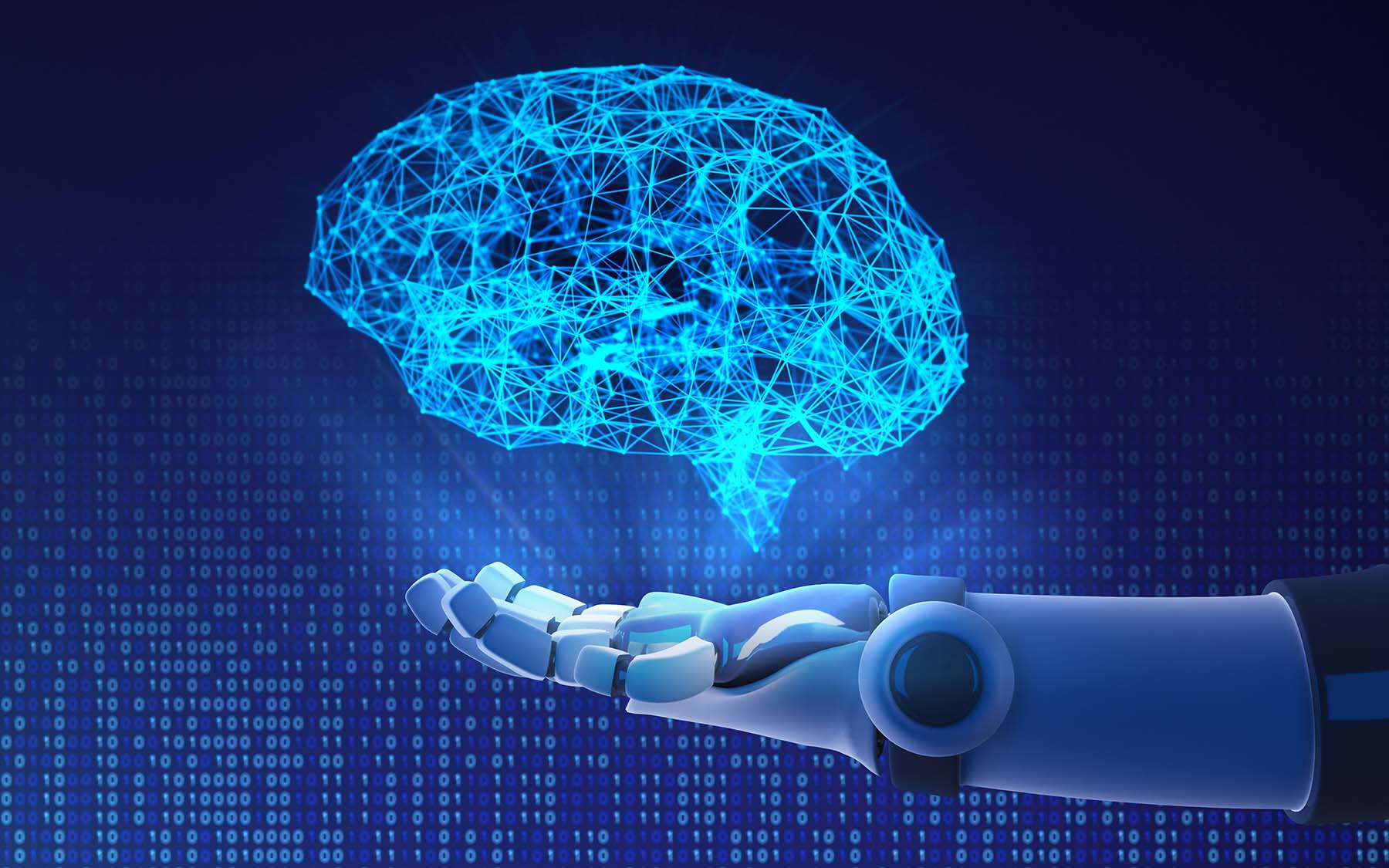
The human brain can process the equivalent of an exaflop — or a billion mathematical operations per second — using just 20 watts of power. Now, researchers in Australia are constructing the world’s first supercomputer capable of simulating networks of this size. Western Sydney University is creating the DeepSouth supercomputer. It will be capable of 228 trillion synaptic actions per second when it goes online next year, rivalling the projected human brain operations rate. The goal is to learn more about how brains can process so much information with so little power.
If researchers can work this out, they could someday create a cyborg brain vastly more powerful than our own
If researchers can work this out, they could someday create a cyborg brain vastly more powerful than our own. The work could also revolutionize our understanding of how our brains work. “Progress in our understanding of how brains compute using neurons is hampered by our inability to simulate brain-like networks at scale,” said André van Schaik, a director at Western Sydney University’s International Centre for Neuromorphic Systems. “Simulating spiking neural networks on standard computers using Graphics Processing Units and multicore Central Processing Units is just too slow and power intensive,” he added. “Our system will change that.”
DeepSouth will be a game changer for the study of neuroscience, according to Ralph Etienne-Cummings of Johns Hopkins University in Baltimore, who is not engaged in the research. “If you are trying to understand the brain this will be the hardware to do it on,” he went on to say. According to Etienne-Cummings, there will be two sorts of researchers interested in the technology: those investigating neurology and those looking to prototype new engineering solutions in the AI domain. DeepSouth is only one of several research initiatives attempting to build a machine that can compete with the human brain. Other researchers are attempting to address the same issue by developing “biological computers” that are fueled by actual brain cells.


